With tariff tensions shaking up the auto industry, Canadian car buyers are facing more uncertainty than ever. Prices are rising, availability is tightening, and some models may soon disappear from dealership lots altogether. But smart shoppers aren’t helpless. They’re adapting. These are 20 strategies for Canadian car buyers to navigate the turbulent tariff waters:
Lock in Your Purchase Price Now

If you’re eyeing a specific model, don’t wait. Many dealerships will honor today’s pricing even if delivery takes a few weeks. Tariffs can drive up sticker prices overnight, so finalizing a deal now can save you hundreds or even thousands. Ask about price protection in your purchase agreement and ensure it’s in writing. Even a modest increase in tariffs can quickly make the same vehicle more expensive. Acting early means staying ahead of future cost hikes.
Focus on Canadian-Made Vehicles
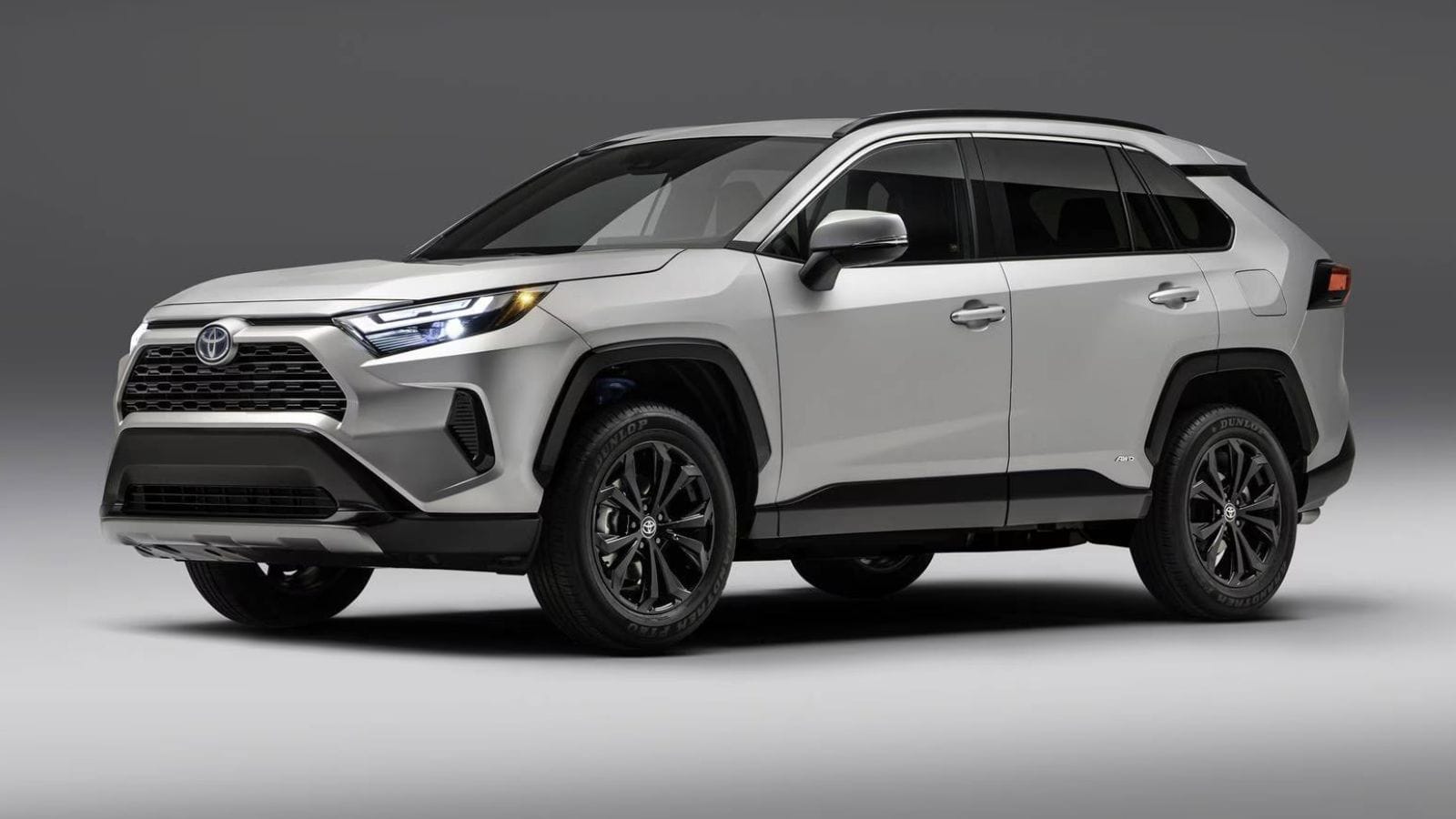
Tariffs often target imported vehicles or parts, so models built in Canada tend to be safer from sudden price spikes. Look for cars assembled in Ontario or Quebec because these are usually less exposed to cross-border issues. Vehicles like the Toyota RAV4, Honda CR-V, or some GM and Ford models are built domestically and may remain more stable in price and availability. Supporting local production also helps Canadian auto jobs, so you get peace of mind while keeping money in the local economy.
Consider Certified Pre-Owned Options
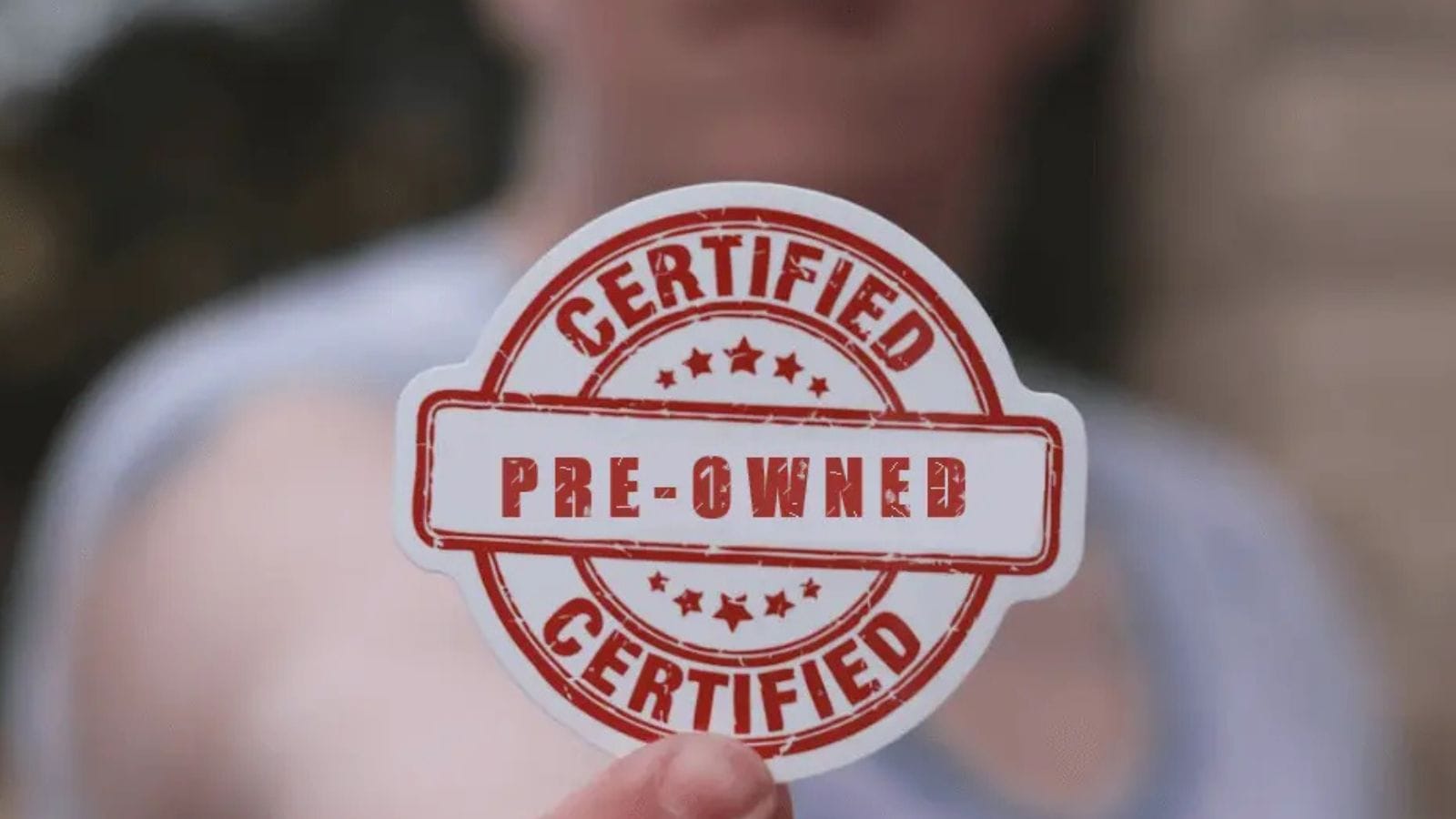
Certified pre-owned (CPO) vehicles offer a smart middle ground when new models become too pricey or hard to find. These cars are often gently used, have warranties, and have undergone factory-approved inspections. With new car supplies tightening due to tariffs, many buyers turn to the CPO market for savings without sacrificing reliability. Dealers are expanding their CPO offerings to meet demand, so there’s likely more choice than you think, and you will be able to skip the tariff-related price hikes on brand-new models.
Get Pre-Approved for Financing Early
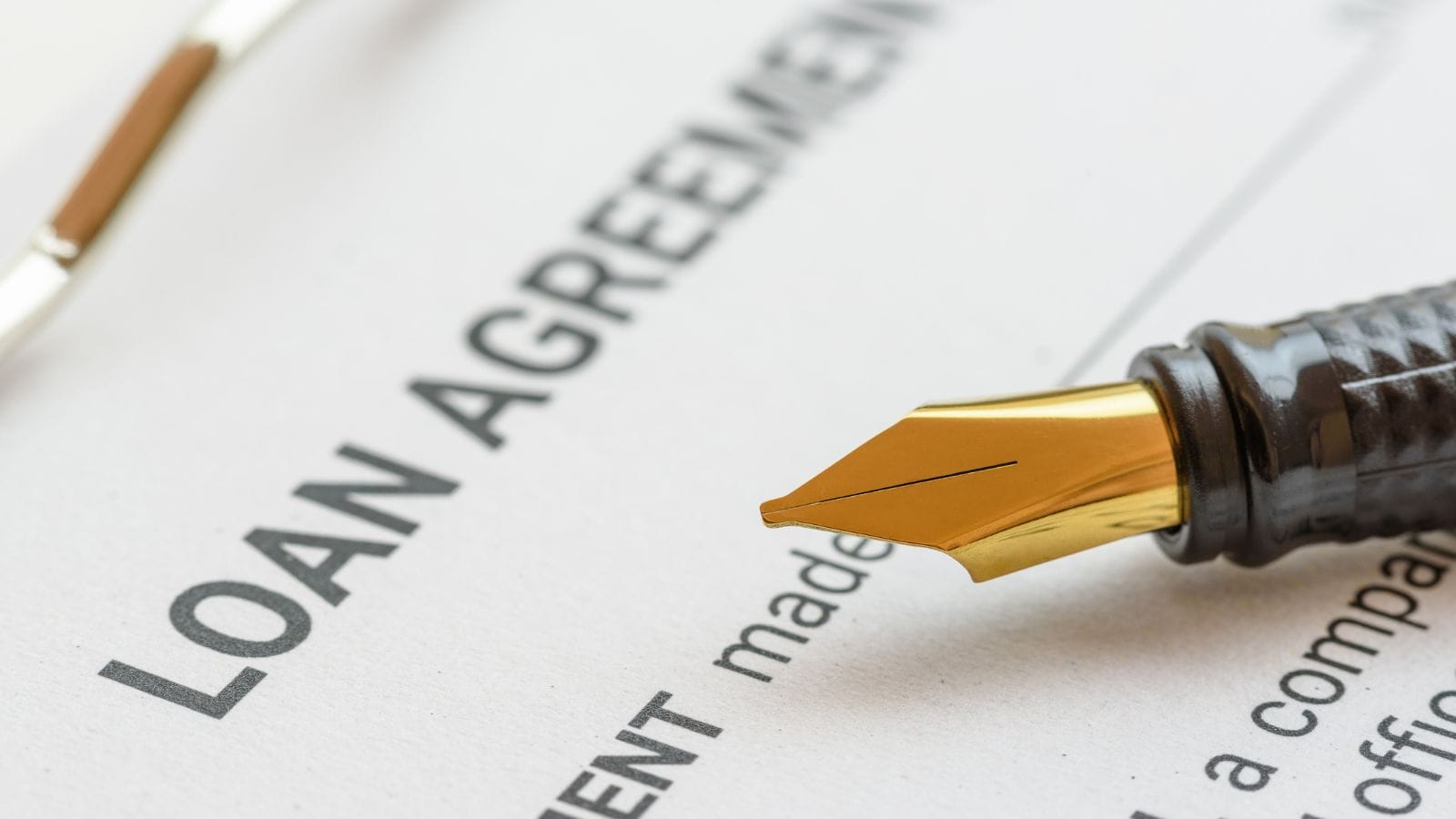
Interest rates and approval terms can shift fast in uncertain markets. Getting pre-approved by your bank or credit union helps you lock in better terms and sets a clear budget before visiting a dealership. With tariffs threatening to push prices up, knowing what you can afford makes decision-making easier. It also puts you in a stronger negotiating position, which can help offset some of the added costs or fees being introduced due to changing supply and demand conditions.
Shop Outside Major Metro Areas

While city dealerships tend to raise prices quickly in response to market changes, smaller town or rural dealerships may offer more flexibility. Inventory moves more slowly in less populated areas, so you might find models that haven’t been hit with recent price increases yet. Expanding your search radius or calling dealers outside your region to ask about availability and incentives is worth expanding. A bit of travel could translate into serious savings, especially when vehicle prices change weekly due to tariff impacts.
Ask About Incoming Inventory Before It’s Priced

Dealers often know what models are in transit before they’ve been assigned a final price. If you’re flexible on color or trim, you may be able to reserve one early and lock in a better deal. With tariffs looming, the price could jump once those vehicles hit the lot. Getting in beforehand allows you to negotiate before market shifts kick in. It’s a low-risk way to secure a car at today’s rates, even if you don’t need it immediately.
Watch Manufacturer Incentives Closely

In response to tariff uncertainty, some automakers are rolling out short-term discounts, loyalty bonuses, or low financing offers to keep buyers interested. These incentives may change monthly or even weekly. Sign up for email alerts from automakers or check their Canadian websites regularly. The right timing could save you thousands. Don’t assume that today’s price is final. Sometimes, all it takes is waiting a few days or shopping during a bonus event to get better terms, even in a volatile market.
Consider Plug-In Hybrids Over Full EVs

Electric vehicles may be especially vulnerable to tariffs on imported batteries or parts. Plug-in hybrids, however, often strike a balance between lower fuel use and simpler supply chains. If you’re looking for a green option without the full price tag of a premium EV, a plug-in hybrid may offer more price stability, and many still qualify for federal or provincial incentives. They’re also widely available from Canadian plants or North American sources, which reduces the tariff risk compared to some fully electric imports.
Don’t Trade in Without Researching Value First
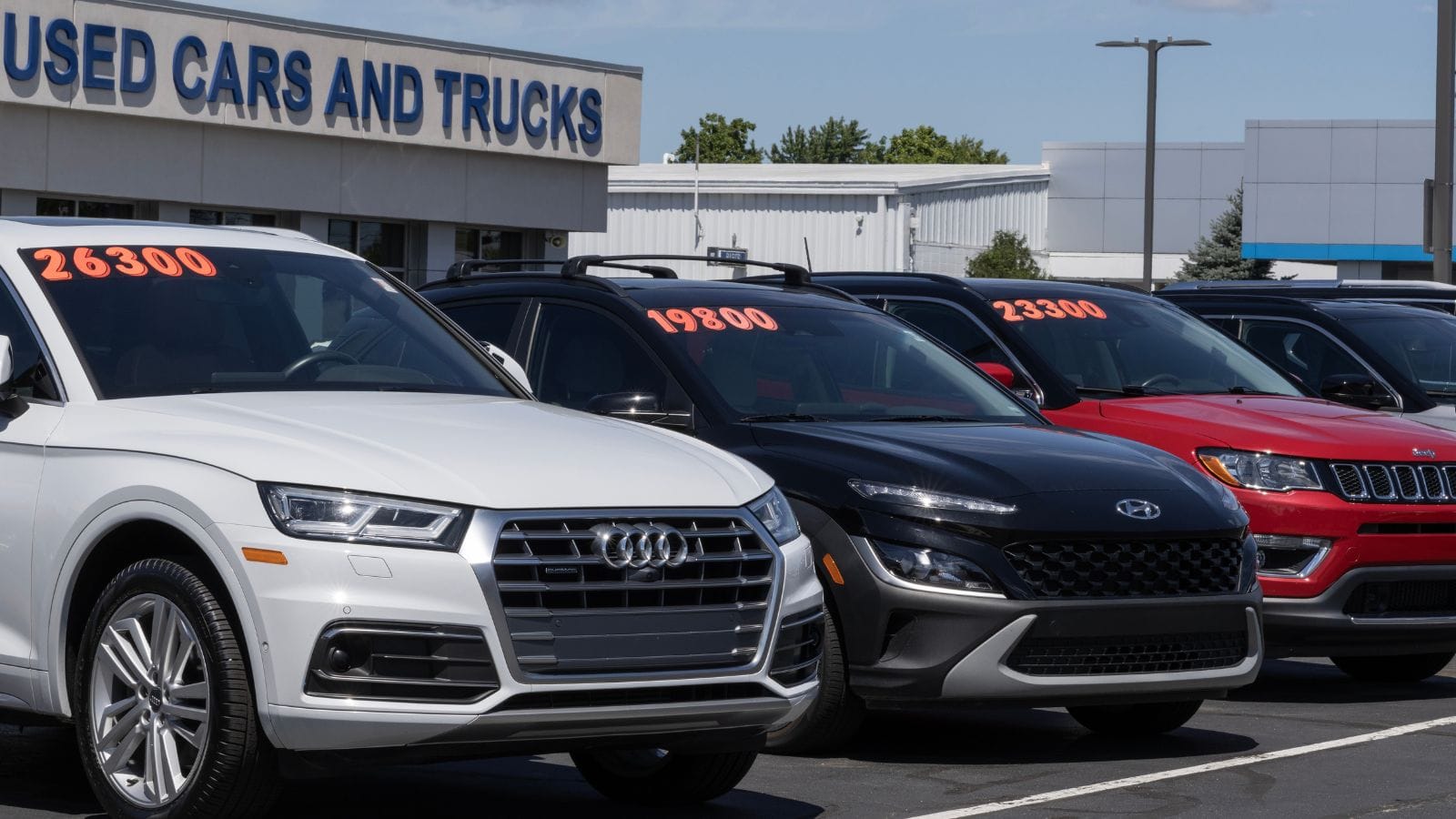
With the demand for used cars rising, your current vehicle might be worth more than you think, but dealerships may not offer a fair trade-in value. Before accepting a trade-in, check online appraisal tools, visit multiple dealers, or get a second quote. Some buyers now sell their cars privately or to third-party buyers to fund their next purchase. It’s an extra step, but with rising new vehicle prices, maximizing what you get for your old car can help bridge the financial gap.
Keep an Eye on Border Tax Talks
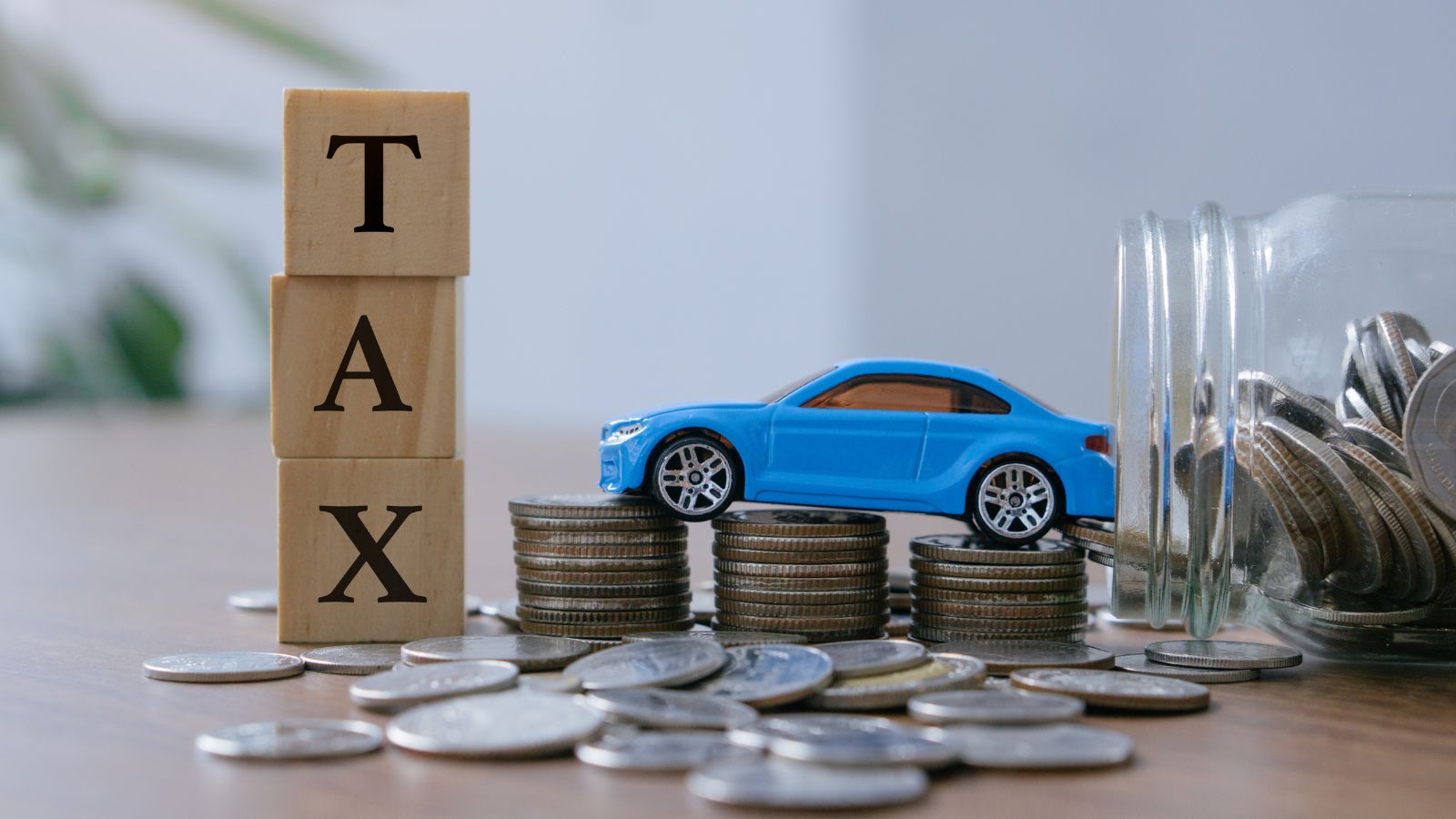
Tariff changes often start with political headlines. Staying informed on U.S.–Canada trade developments allows you to act before a new duty takes effect. If talks between governments suggest incoming changes, you may have a narrow window to buy before they hit. Follow reliable Canadian business news or government updates to track what’s under negotiation. This awareness helps you plan for larger purchases and avoid the last-minute rush when new tariffs suddenly affect pricing.
Read the Fine Print on Delivery Delays

Due to supply chain slowdowns, some cars arrive later than expected, even after you sign the paperwork. Ensure your purchase agreement includes protections in case your car is delayed or the final price changes because of tariffs. Some buyers have been caught off guard by surprise costs tacked on weeks later. Clarify whether the price is firm, what happens if the delivery window is missed, and whether the deposit is refundable. Getting this in writing can protect you from unexpected costs.
Compare Leasing vs. Buying More Carefully
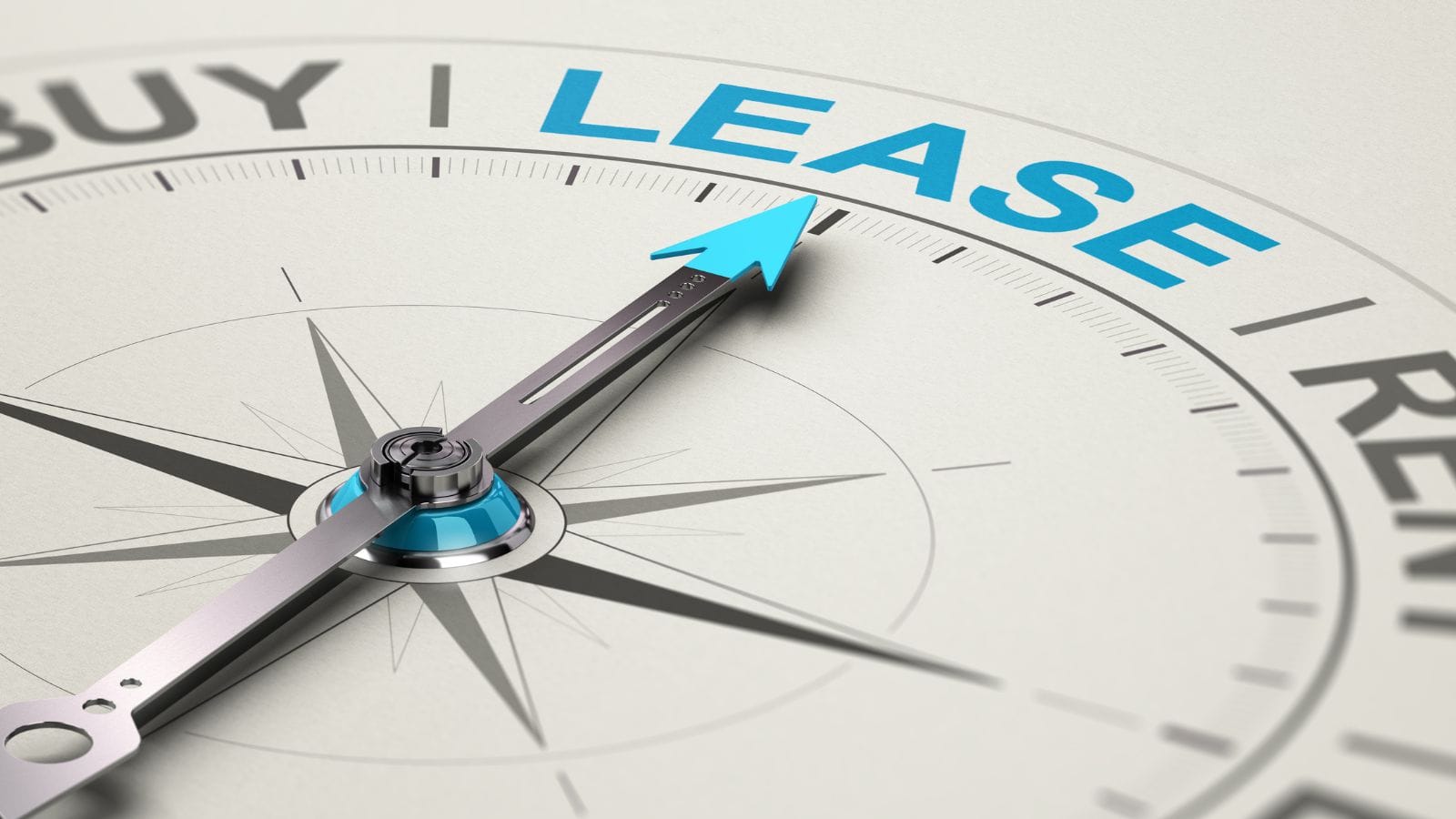
In a tariff-affected market, leasing may offer more protection than buying. If vehicle prices or technology change rapidly, a lease limits your risk to just a few years. You can return the car and reassess once the market stabilizes. On the other hand, if you plan to keep a vehicle long-term and expect prices to rise, buying might still be the better investment. Either way, run the numbers side-by-side and factor in possible tariff impacts before deciding.
Research Models Made with North American Parts
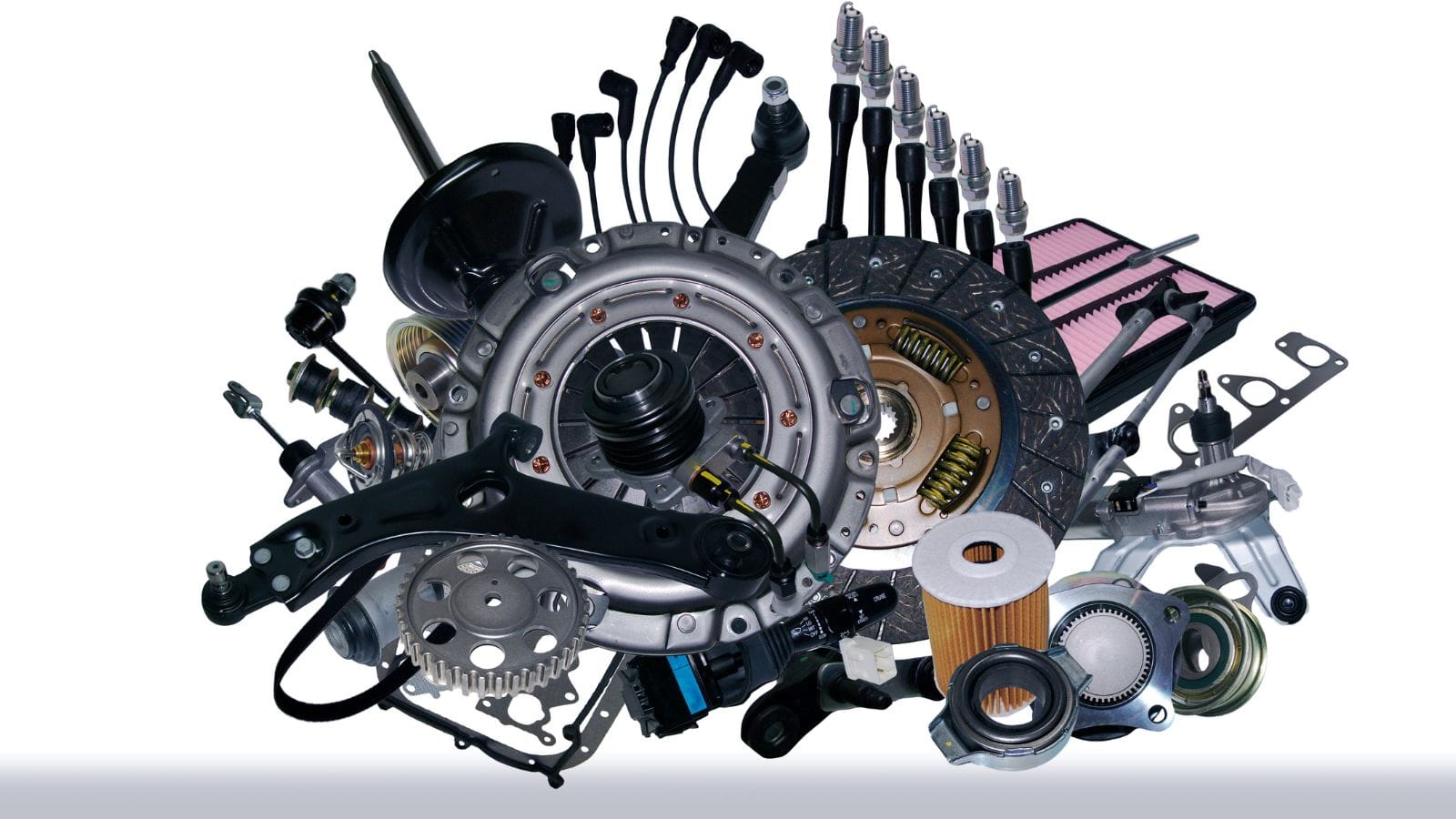
Even if a vehicle is assembled in Canada or the U.S., imported parts can still increase prices. Look for cars with high percentages of North American content. Automakers must disclose this information in brochures or on Transport Canada’s website. Models with fewer overseas components are less likely to be affected by new tariffs. It’s a small detail that can significantly affect the sticker price and the long-term availability of parts or servicing.
Be Flexible on Trim and Features

If you’re set on a specific trim or package, you might end up waiting longer or paying more because those models often use imported parts that are more affected by tariffs. Flexibility can save you money. Consider dropping non-essential features or picking a slightly different color to avoid a surcharge. Sales staff can often suggest close alternatives that fit your needs and help you sidestep unexpected price hikes caused by supply disruptions or new trade rules.
Don’t Skip the Extended Warranty Conversation
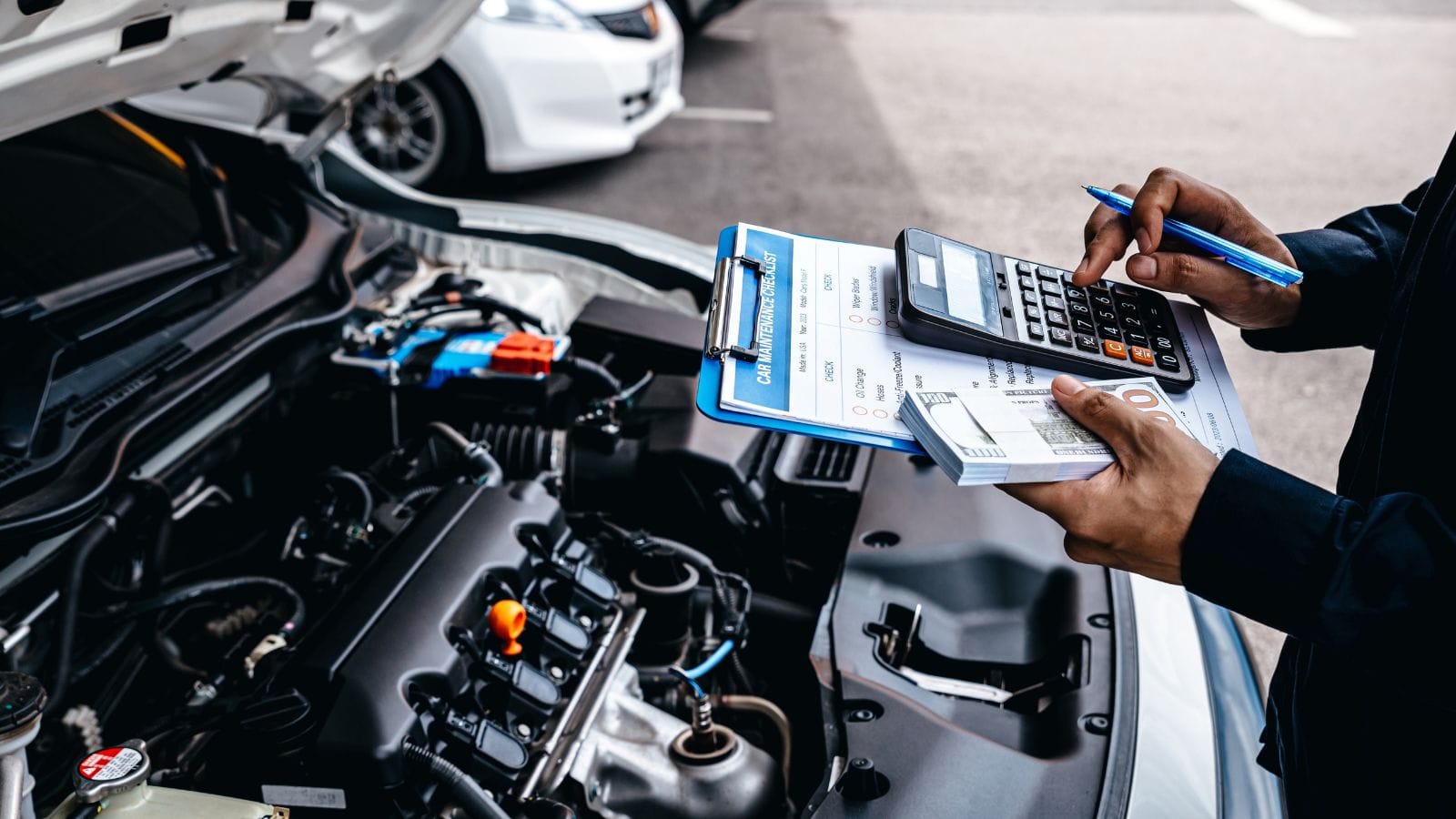
Extended warranties are becoming more relevant with potential supply issues affecting parts and repairs. Ask what’s covered, especially for imported components that may be harder to replace. If delays or cost spikes in repairs become common, having warranty coverage could save you. Some Canadian automakers now offer extended coverage as part of their incentive packages. Read the details to understand if it’s worth the extra cost, especially in a changing market.
Use Auto Broker Services for Better Deals

Auto brokers can often access inventory across provinces and negotiate deals that aren’t publicly listed. In a market where tariffs are shaking up supply chains, brokers may help you find in-stock models at pre-tariff prices or recommend alternatives with fewer import costs. While there may be a fee, the savings often outweigh it, especially when prices are volatile. This is a smart option for buyers who know what they want but don’t want to spend weeks calling dealerships or comparing offers.
Check for Delayed or Cancelled Incentives

Some government rebates, especially on electric vehicles, are being paused or adjusted depending on how tariffs affect vehicle prices. Before banking on a federal or provincial incentive, check its current status. Programs may exclude models affected by tariffs or cap eligibility based on MSRP. Buying a vehicle that suddenly no longer qualifies can quickly change your budget. Most rebate programs post updates online, and dealers should be able to confirm whether a vehicle is still eligible at the time of purchase.
Reassess Subscription-Based Car Services
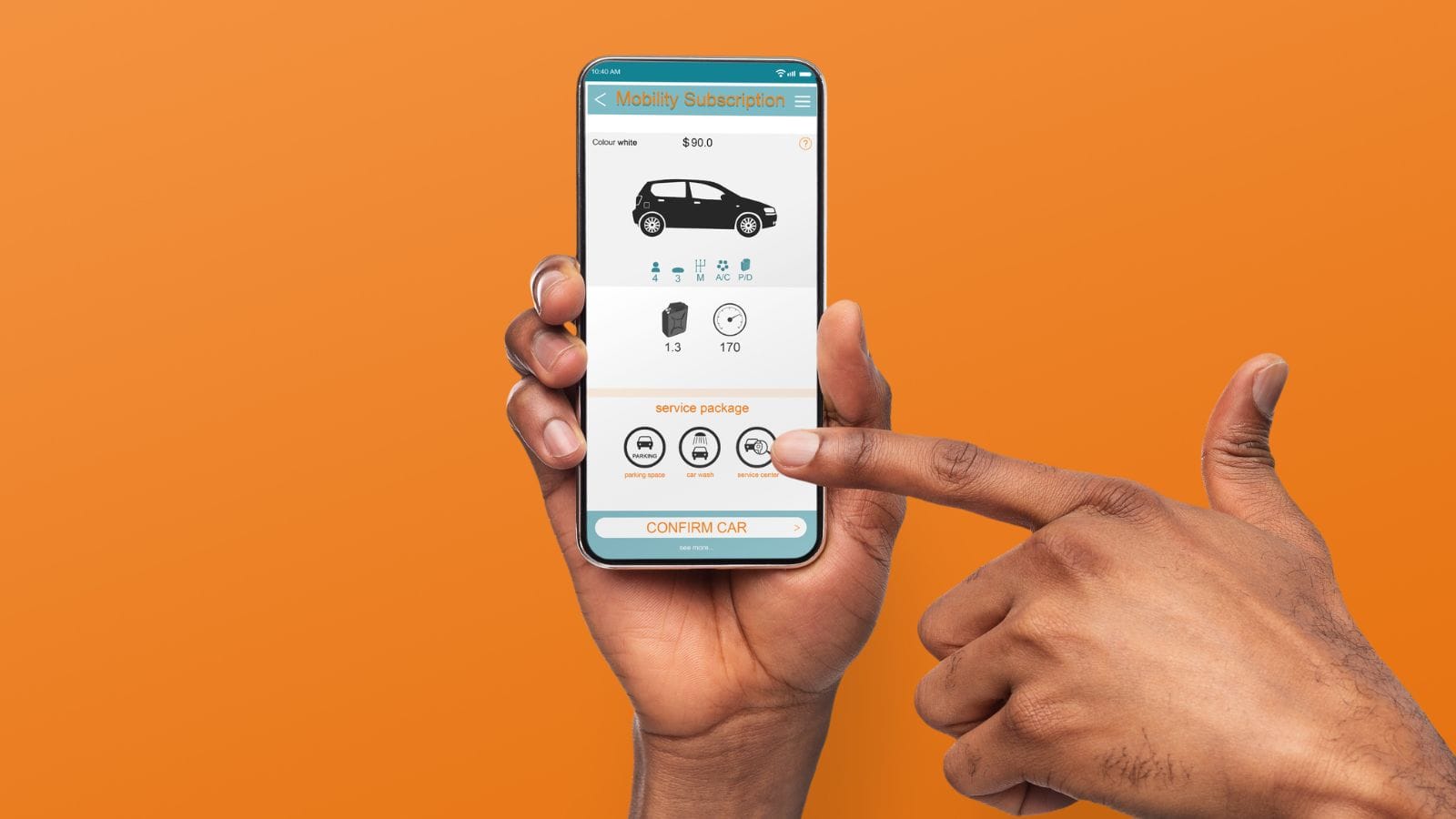
Car subscription services are seeing renewed interest as owning a car becomes more expensive. These programs let you drive newer models month-to-month, often with insurance and maintenance included. While not for everyone, they offer flexibility during tariff uncertainty, especially if you’re not ready to commit to a purchase. Some Canadian cities have regional providers, and national brands are expanding their reach. For those who want access without ownership headaches, subscriptions may be a helpful short-term bridge during industry shake-ups.
Think Long-Term Maintenance Access
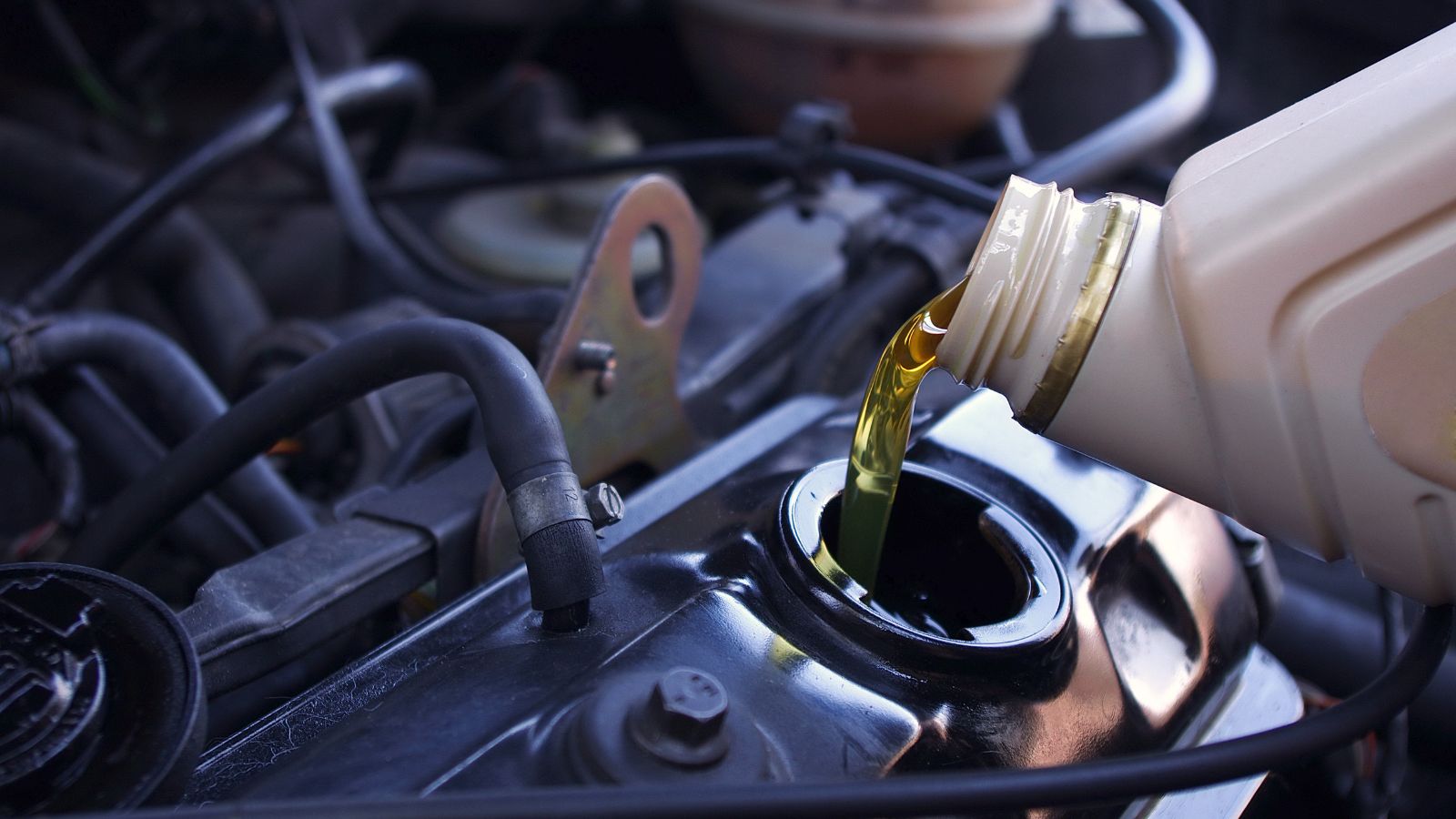
If you’re considering an imported vehicle, ask how tariffs affect replacement parts and servicing access. Dealers should be upfront about possible delays or cost increases. Some brands may face challenges stocking essential parts if trade barriers remain. Before you buy, find out where the vehicle’s parts come from, whether there’s a strong local service network, and how long major repairs could take. Choosing a vehicle with better domestic support can mean fewer headaches over the next five years.
Don’t Rush—But Stay Informed

While there’s pressure to buy before prices rise, making a rushed decision can lead to regrets. Balance urgency with information. Research your options, follow tariff news, and speak to multiple dealers before committing. Sometimes, waiting a few months could result in clearer policy updates or new vehicle releases that better suit your budget. On the other hand, if a vehicle you want is at risk of a steep price jump, act quickly. Staying informed is your best defense.
22 Times Canadian Ingenuity Left the U.S. in the Dust

When people think of innovation, they often picture Silicon Valley. However, Canada has a history of innovation, too. Whether it’s redefining sports, revolutionizing medicine, or just showing America up at its own game, Canadian inventors, thinkers, and dreamers have had their fair share of mic-drop moments. Here are 22 times Canadian ingenuity left the U.S. in the dust.
22 Times Canadian Ingenuity Left the U.S. in the Dust
